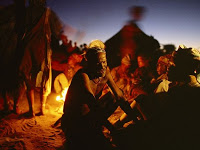Oddball Films Media
•
Sep 1, 2013
Image
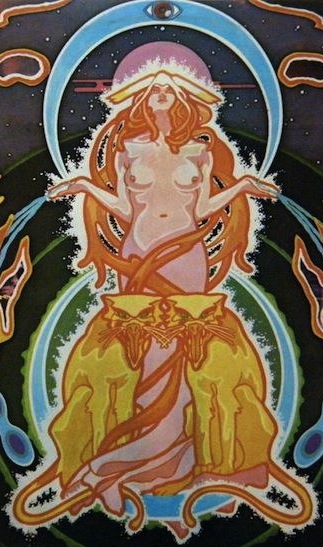
Image
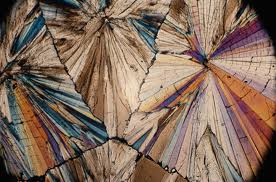
Venue: Oddball Films, 275 Capp Street San Francisco
Admission: $10.00 Limited Seating RSVP to programming@oddballfilm.com or (415) 558-8117
Featuring:
Crystallization (Color, 1975)
Directed by award-wining filmmaker Carroll Ballard (The Black Stallion) this film explores the formation of crystals in liquids through the electron microscope under polarized light. With innovative electronic soundscore. Shown at the SF International Film Festival and winner of the Golden Gate Award in 1975.
Image

A mind-blowing visual and sound experience by famed experimental filmmaker (and sometime Star Wars special effects wiz) Pat O’Neill with sound by cult musician/early synthesizer artist Joseph Byrd (The United States of America). Described as “a bilaterally symmetrical (west to east) fusion of human, biomorphic and mechanical shapes in motion. Has to do with the spontaneous generation of electrical energy. A fairly rare (ten years ago) demonstration of the Sabattier Effect (re-exposing partially developed film to light during the processing) in motion. Title refers to the film stock of the same name.
Spacy (Color, 1980-81)
Hypnotic avant-garde rarity by Takashi Ito. This experimental stop-motion film takes place in a gymnasium: we approach a picture on a frame, which turns out to be a picture of the gymnasium. We enter the picture and approach another frame, which turns out to be a picture of… and so on. A mesmerizing electronic soundtrack completes this trance-inducing meditation on time and space.
Image
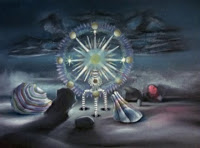
Cut-out animation by Norman McLaren, and music for saxophones and synthetic sound by Maurice Blackburn. In a dream-like, meditative and surreal landscape drawn in pastel, inanimate objects come to life to disport themselves in grave dances and playful ritual.
A Ritual in Transfigured Time (B+W, 1946)
Image
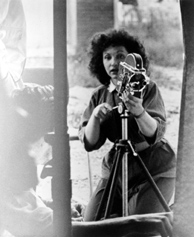
Image
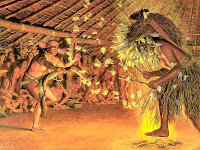
An extremely rare and fascinating chance to see a Pomo healing ceremony, led by Essie Parrish, a Pomo sucking doctor and a leader of the Kashaya Pomo community near Stewarts Point, California. Shot through holes in the walls of a ceremonial roundhouse (so as not to interfere), the ceremony features Parrish entering a trance and with the aid of a spiritual instrument, she attempts to cure her patient with traditional sucking techniques. The Kashaya agreed to the filming in order to preserve their traditions for future generations, and continue to watch it before healing ceremonies, believing the film is impued with Parrish’s healing spirit.
N/um tchai: The Ceremonial Dance of the !Kung Bushmen (B+W, 1973)
Tchai is the word used by Ju/'hoansi to describe getting together to dance and sing; n/um can be translated as medicine, or supernatural potency. In the 1950's, when this film was shot, Ju/'hoansi gathered for "medicine dances" often, usually at night, and sometimes such dances lasted until dawn. In this film, women sit on the ground, clapping and singing and occasionally dancing a round or two, while men circle around them, singing and stamping rhythms with their feet. The songs are wordless but named: "rain," "sun," "honey," "giraffe," and other "strong things." The strength of the songs is their n/um, or medicine, thought to be a gift from the great god. N/um is also in the fire, and even more so in the "owners of medicine," or healers. Most Ju/'hoan men would practice as healers at some point in their lives, and in this film we see several men in various stages of trance. A light trance gradually deepens, as the medicine grows "hot," and eventually some men will shriek and run about, falling on hot coals, entering the state Ju/'hoansi call "half-death."
The film opens with a brief introduction to the role of n/um tchai in healing and in warding off evil, followed by scenes from one all-night dance. The dance begins with a social gathering and becomes increasingly intense as the night wears on, finally concluding at dawn.



